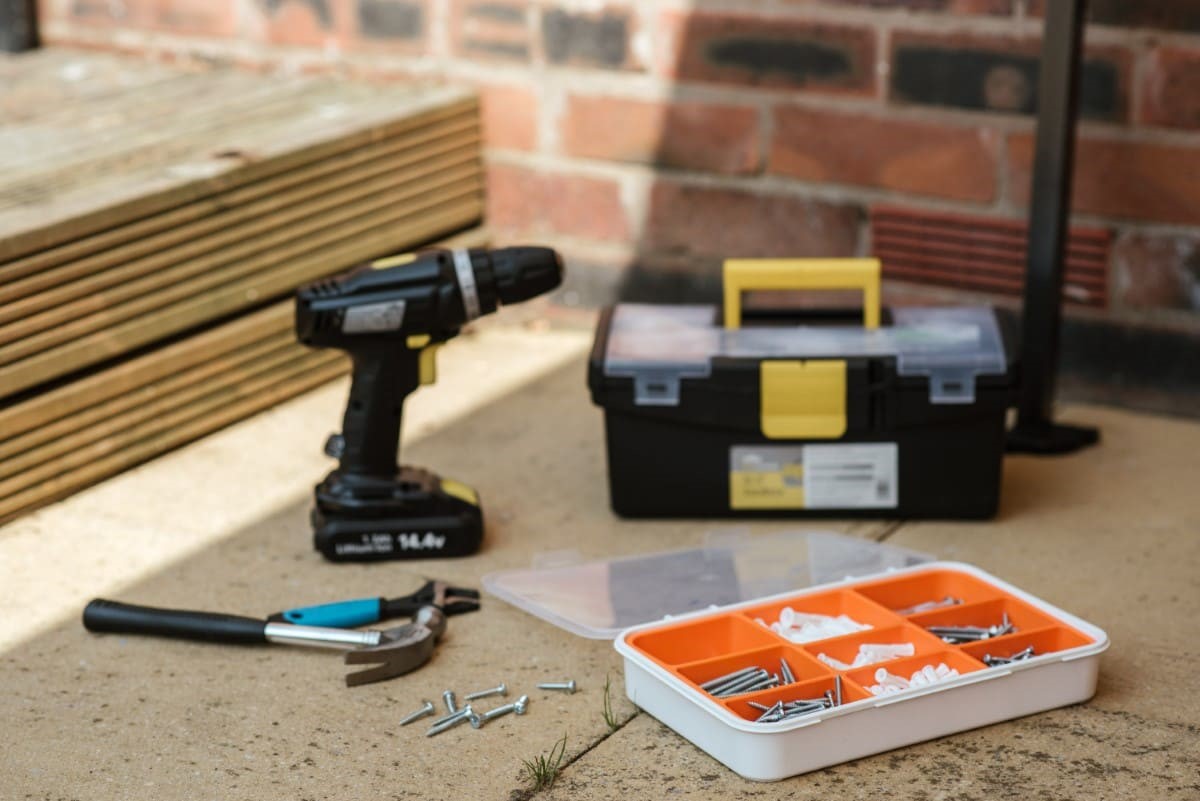

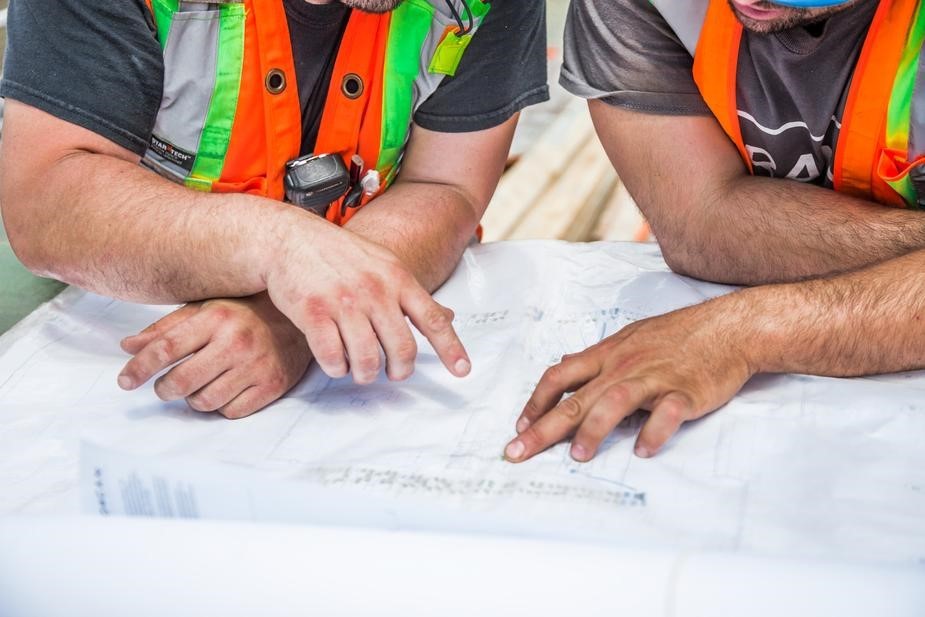
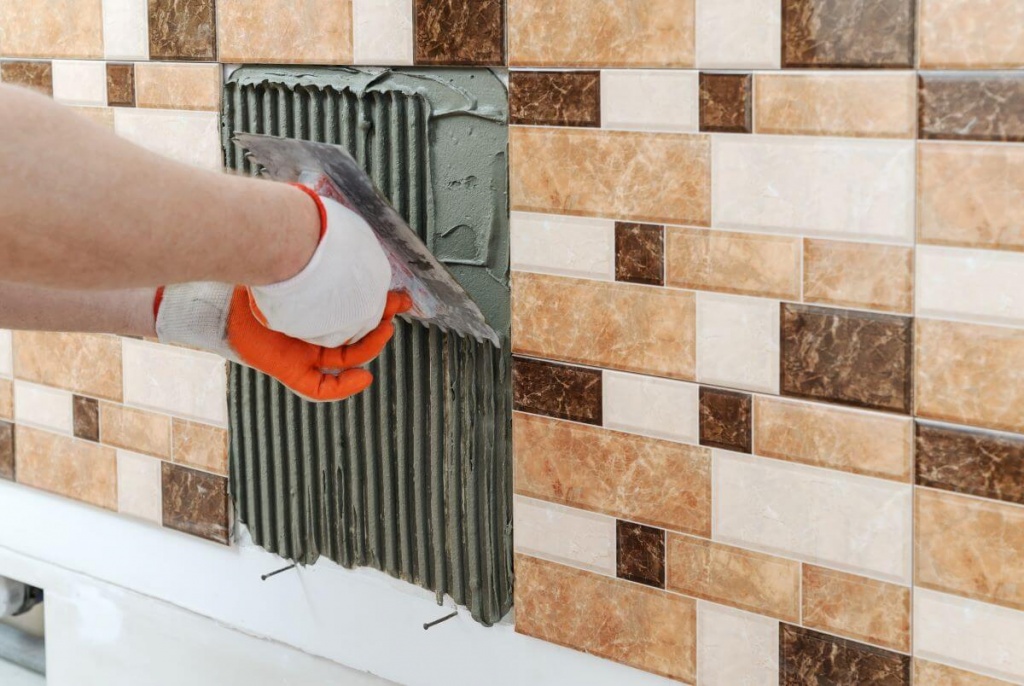
Tiles and ceramic products are synonymous with timeless beauty and durability, decorating both residential and commercial spaces. However, achieving perfect tiling requires more than just an aesthetically pleasing design; It depends on the choice of materials used for laying tiles and ceramics. In this article, we'll take a look at the basic materials that form the basis for creating stunning, long-lasting tile and ceramic installations.
Tile adhesive. Tile adhesive, often referred to as a fine-curing mortar, is the cornerstone of any tiling or ceramic installation. This cement-based material binds the tile to the substrate, ensuring structural integrity and durability. Tile adhesive comes in a variety of formulations, each suitable for specific types of tiles and substrates, providing a secure bond that can stand the test of time.
Grout: Grout serves both functional and aesthetic purposes. Fills gaps between tiles, preventing moisture penetration and giving a polished, finished look. The grout is available in a wide range of colors, which allows you to create creative design options. There are also special types, such as epoxy grout, that offer increased stain resistance and durability.
Tile spacers: Achieving precise alignment and consistent tile spacing is crucial for a professional installation look. Tile spacers come in a variety of sizes and allow installers to maintain the same clearances. These simple tools play a vital role in ensuring that the tiles are positioned correctly during installation.
Underlay: The underlay acts as a tile underlay, providing a stable surface that minimizes the risk of cracking or shifting. Depending on the needs of the project, substrates can be made of materials such as cement substrate, plywood, or special membrane systems designed to prevent moisture penetration.
Waterproofing membranes: Waterproofing membranes are essential in areas exposed to moisture, such as bathrooms, kitchens, and outdoor installations. These membranes create a waterproof barrier under the tiles, protecting the main structure from water damage. Modern waterproofing systems provide long-term protection and peace of mind.
Adhesive additives. In some cases, adhesive additives are mixed with tile adhesives to improve their performance. These additives can increase adhesion, flexibility, and water resistance, making them valuable for installation in harsh environments or on unconventional surfaces.
Leveling systems: It can be difficult to achieve a perfectly flat tile surface, especially if the tiles are larger. Leveling systems consisting of wedges and clips help to maintain the same height and alignment of the tiles. They ensure that the finished installation is visually pleasing and functional.
Although tiles and ceramics are renowned for their elegance and durability, the success of any installation depends largely on the choice of materials used below the surface. Tile adhesives, mortar, spacers, backing, waterproofing membranes, adhesives, and leveling systems are essential elements that work together to create stunning, reliable, and long-lasting tile and ceramic installations. Whether you're renovating your kitchen, renovating your bathroom, or designing a stunning outdoor space, choosing the right materials for the job will ensure that your tiles and ceramics stand the test of time while enhancing the beauty of your space.
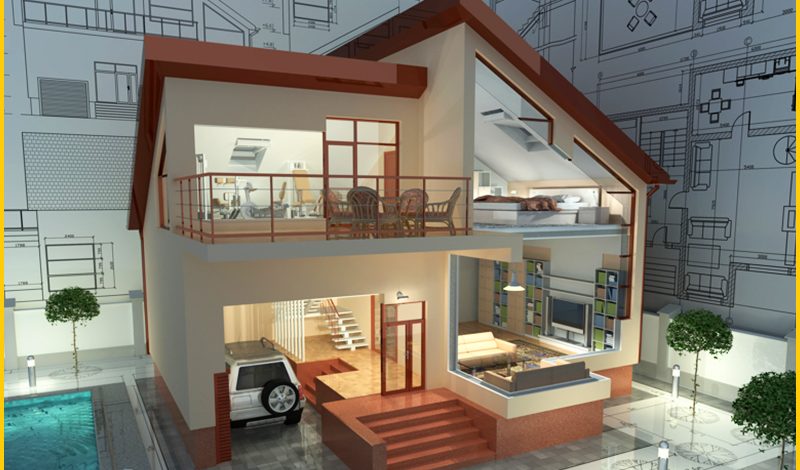
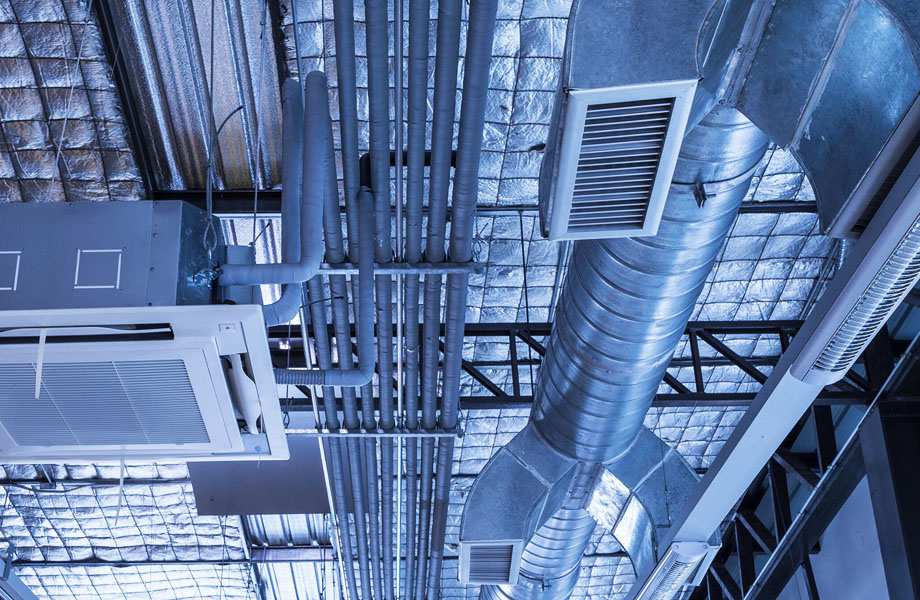
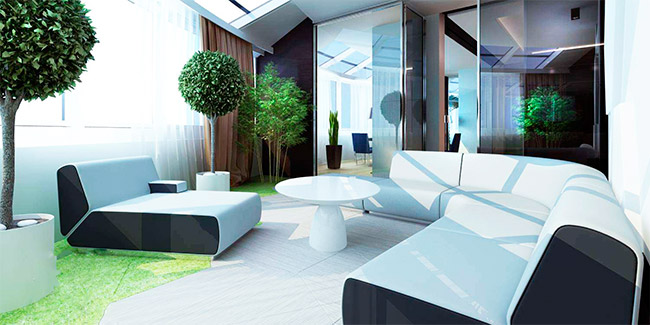
Reviews